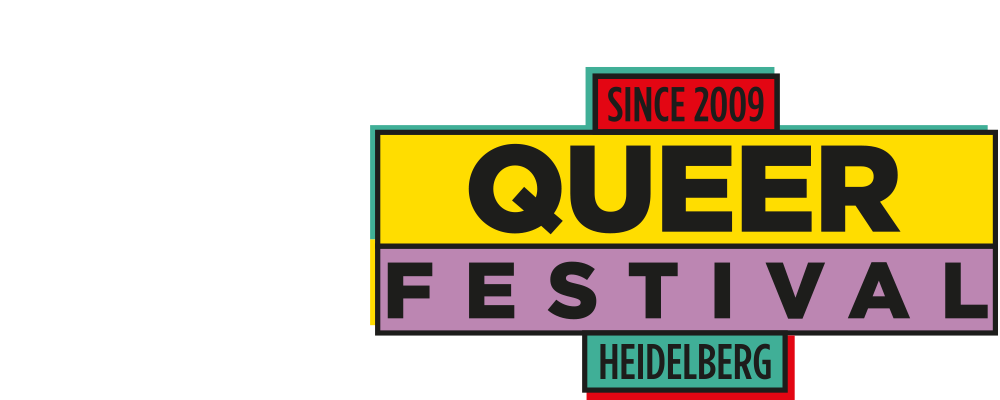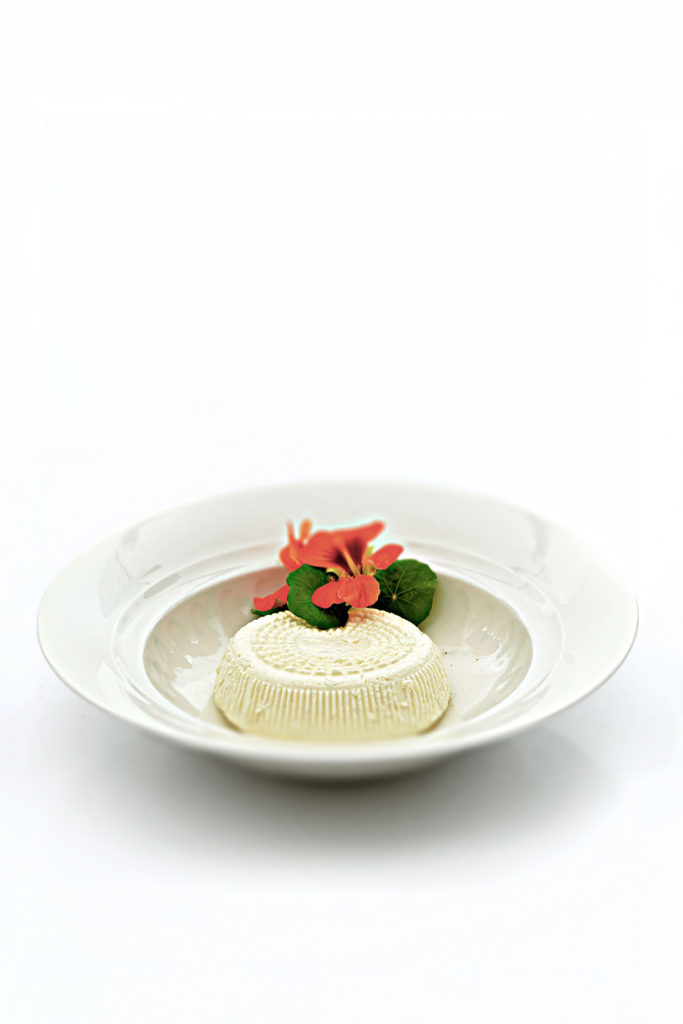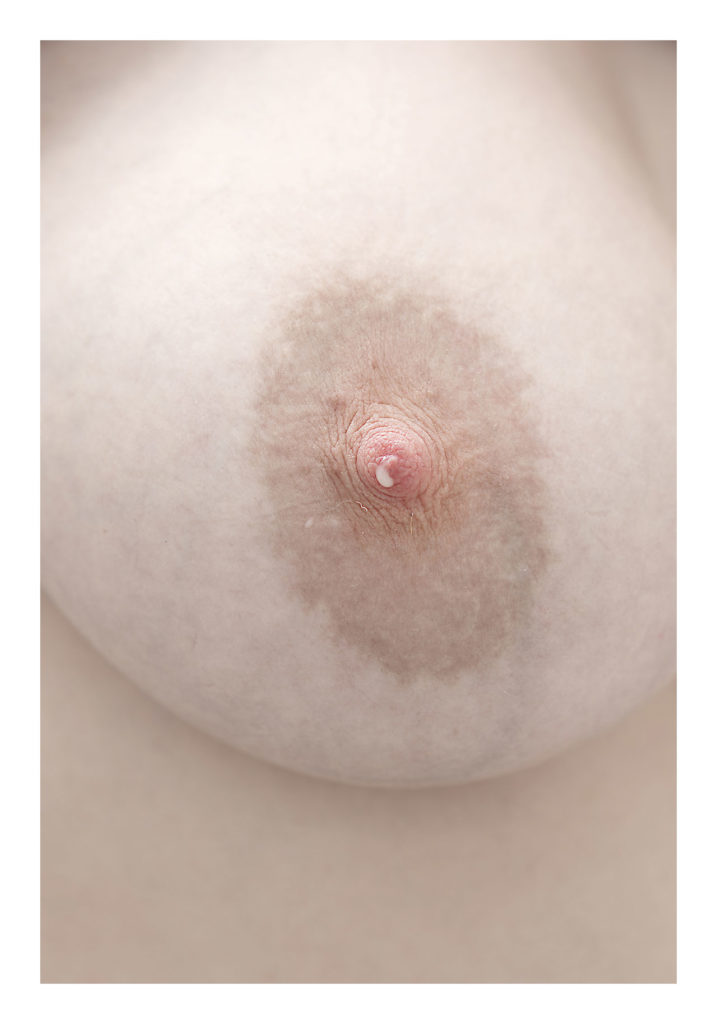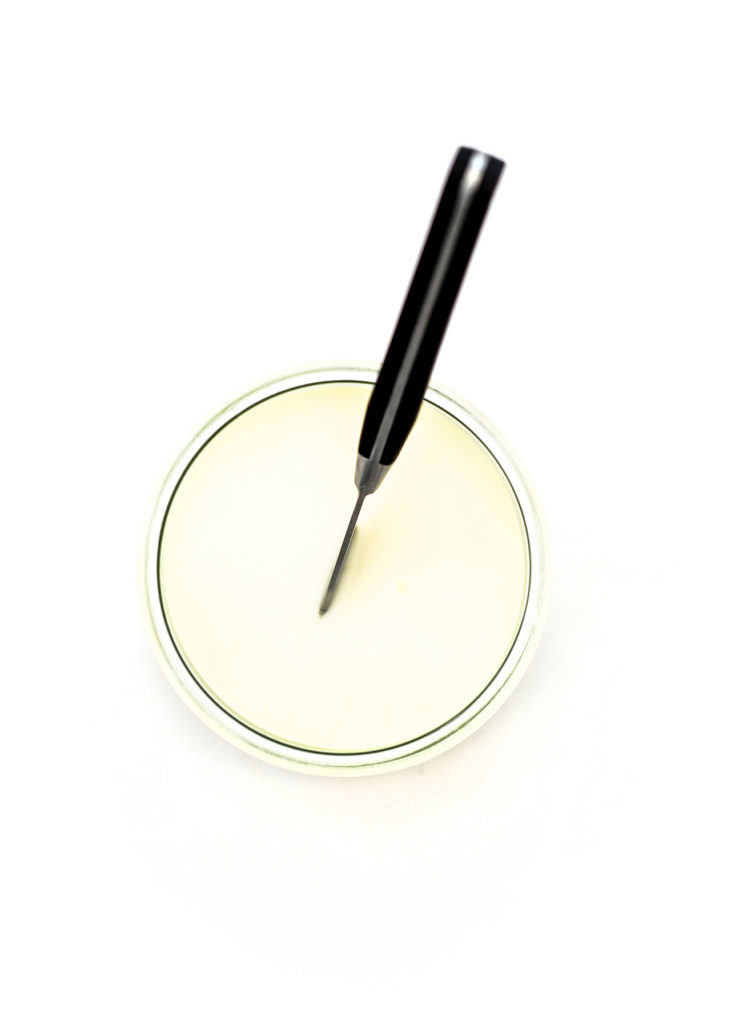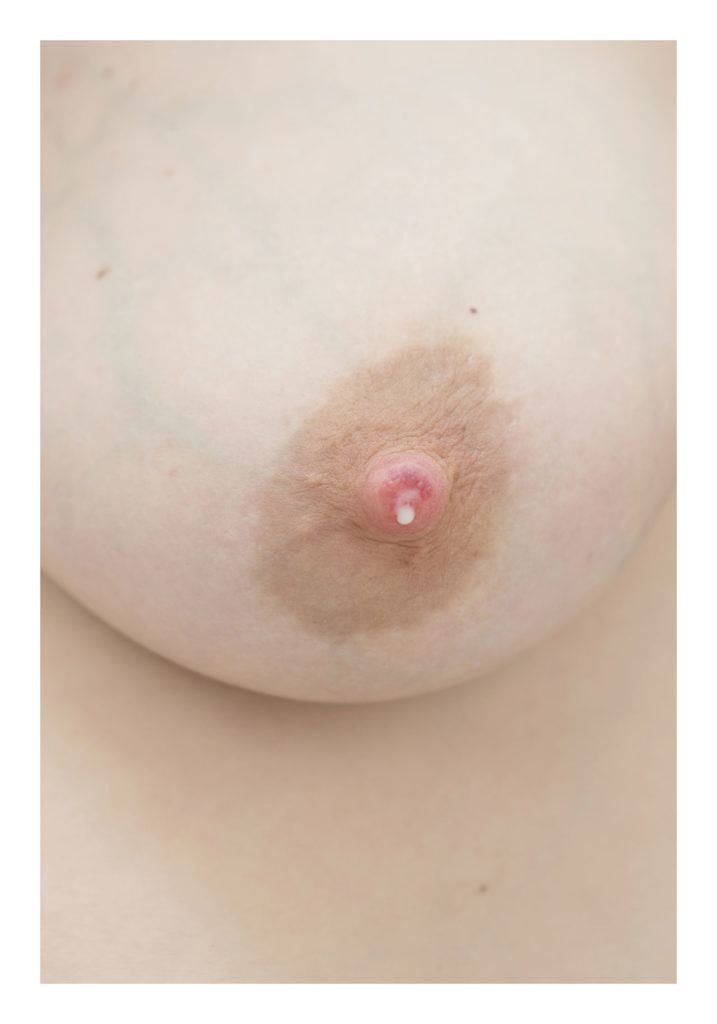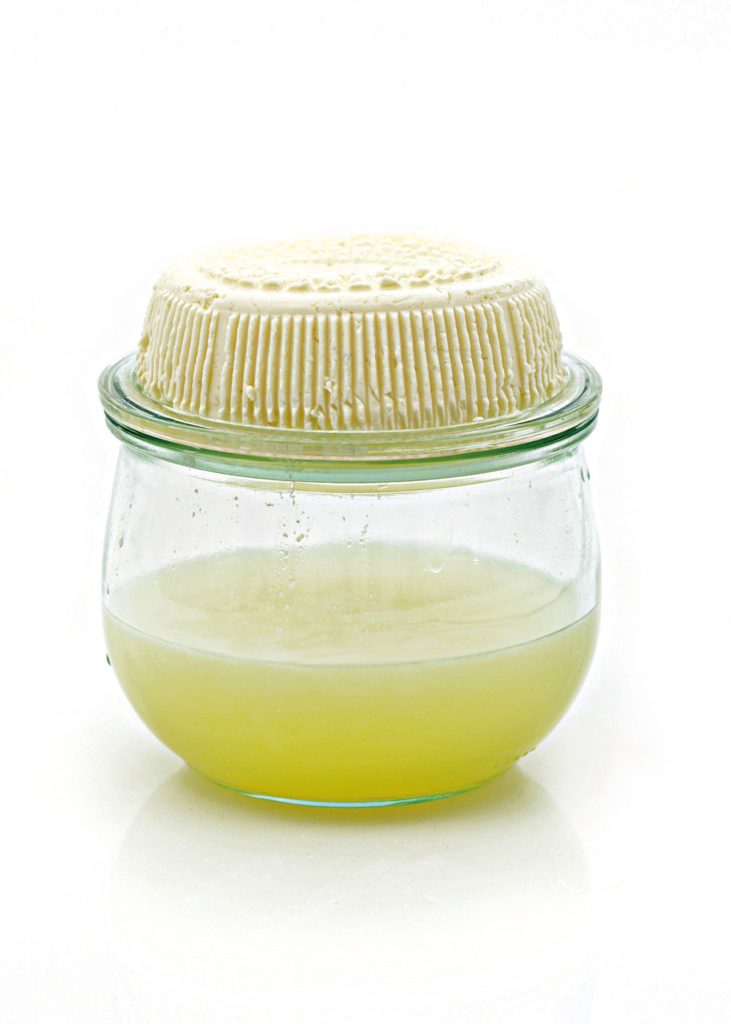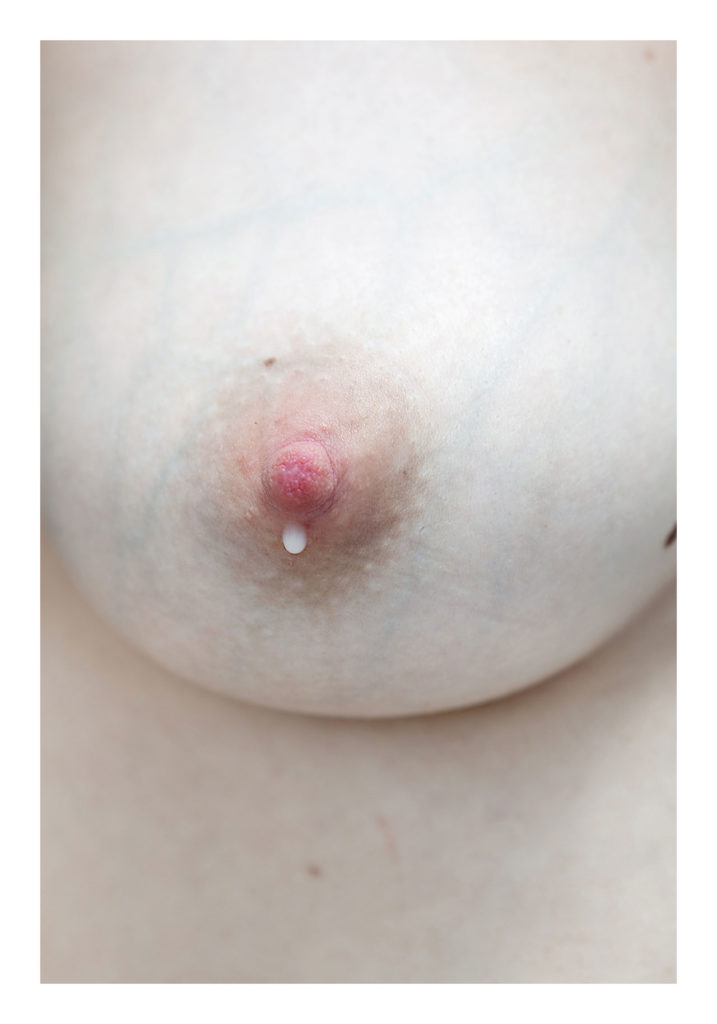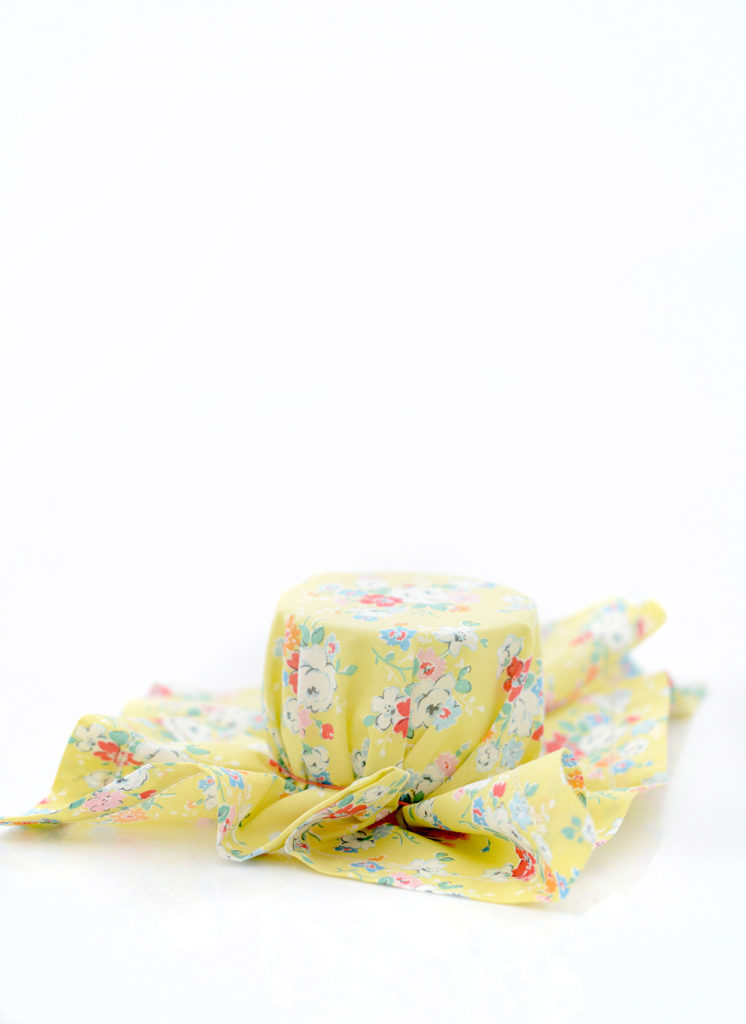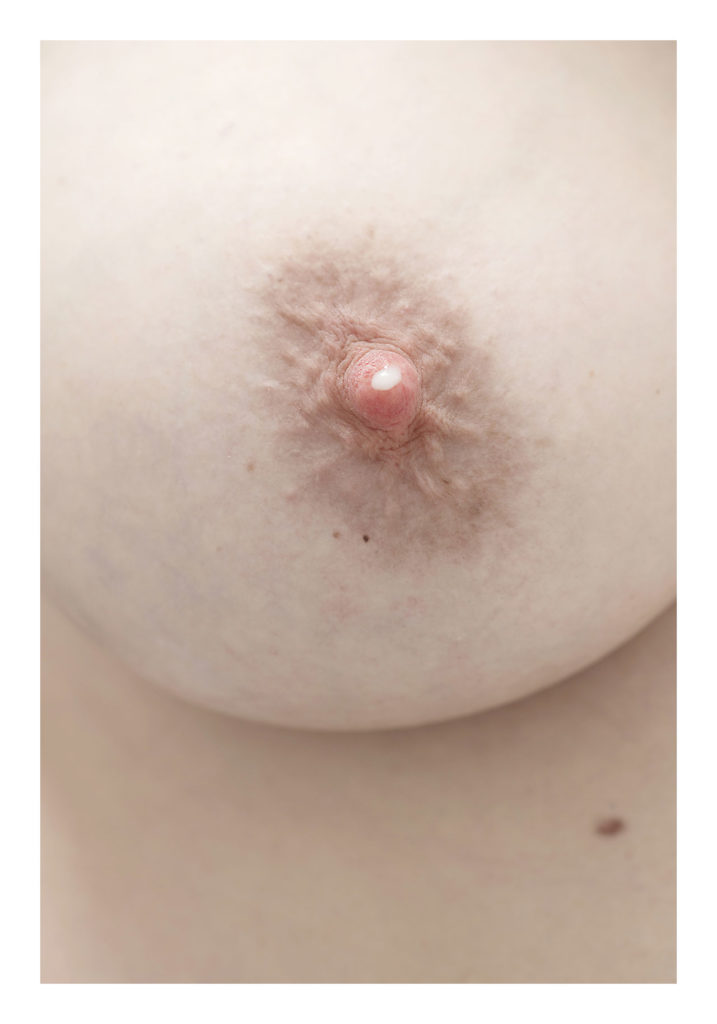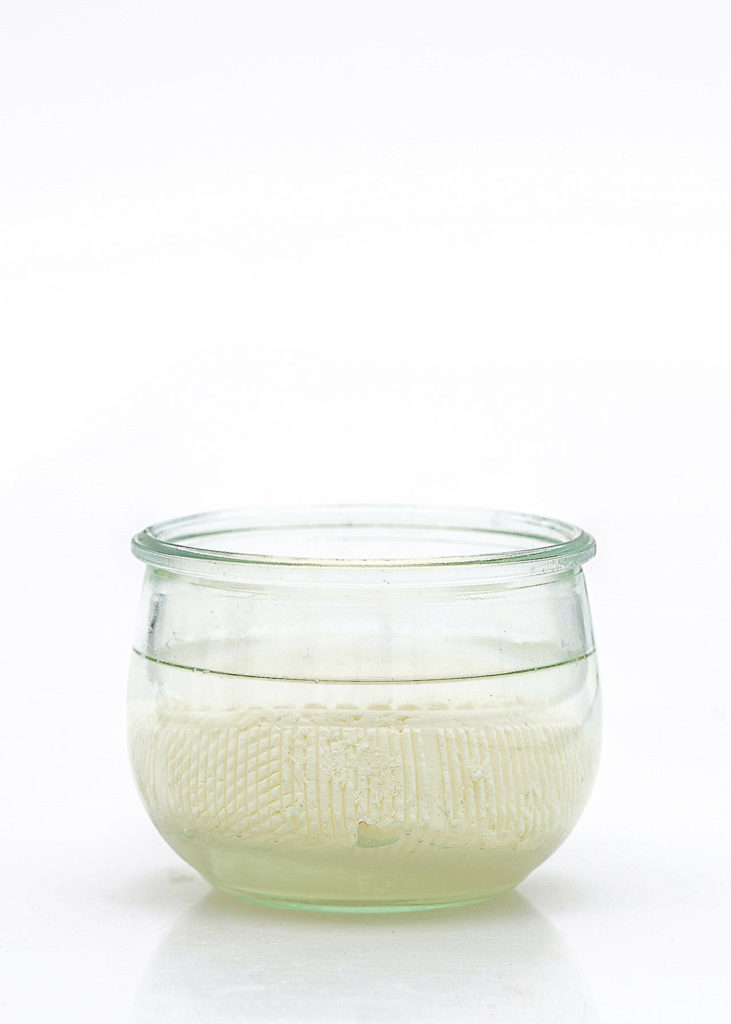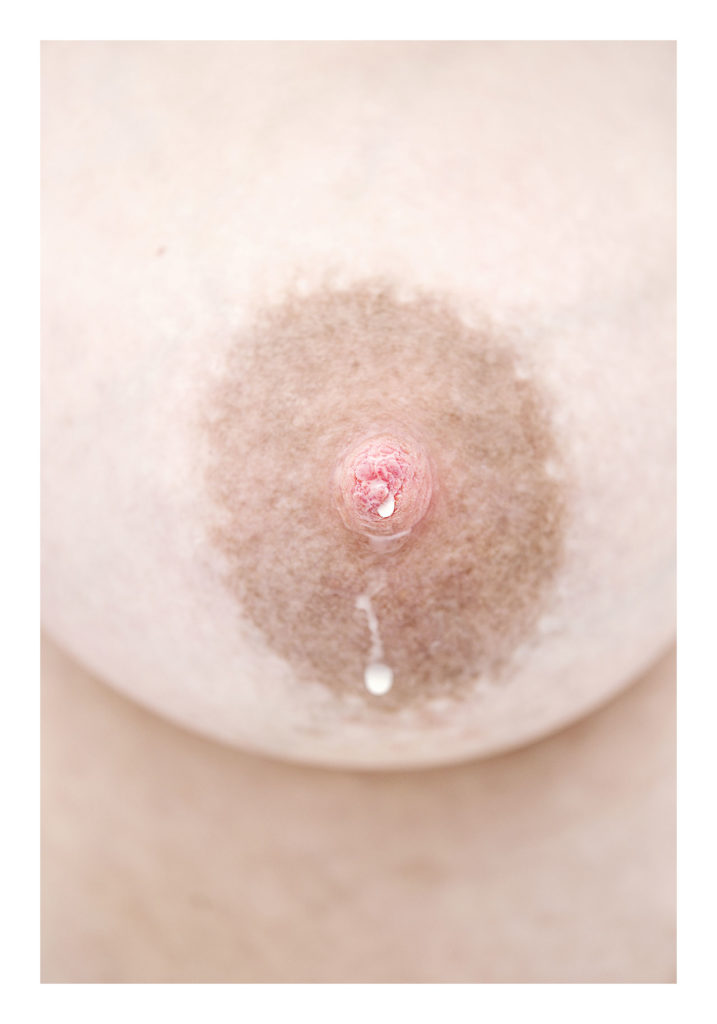Ursula Groos –
Breastmilkcheese
Audio Guide read by Frederik Busch
Ursula Groos (Germany)
Following an education in commerce, Ursula Groos studied photography in evening classes and many international workshops. She has been working as a professional photographer for more than 30 years. Since the 1990s, she conducts one of Germany’s leading companies for kindergarten photography. She lives in Germany and on La Gomera, where she runs an artist residency.
Ursula about Breastmilkcheese
Manufacturing cheese from mother’s milk is a taboo. It was in the early nineties that I first had the idea of manufacturing cheese from mother’s milk. My idea became part of an ongoing discussion with my friends. Many people’s first reaction to the idea was: “Ugh, that’s disgusting!” Why did they react in this way? Humans eat cheese from cows, sheep and goats. We eat many different products from these animals’ milk. So, then why isn’t it completely natural and common for humans to drink human milk? Is this a taboo with some inherent merit? Or is it just a matter of culture and education? Culture, religion and education are major factors in our likes and dislikes, our acceptance and taboos, often on an unconscious level. It is about the strategically planned staging and application of taboo perception? Taboos have a lot to do with societies. Taboos are measuring stations for cultural self-constraints as well as warning stations for social developments. Taboos can only become noticeable in the form of visualized taboo violations. The demonstrative violation of existing taboos addressing violence, sexuality, body and religion has historically been a possibility for artists to reject the “normality” of everyday life.
The Jury Statement
Sharply minded, Ursula Groos melts the aesthetics and methods of conceptual photography and commercial photograph. By transforming the everyday convenience product ‘cheese’ into an almost cannibalistic taboo, she questions the inflictions and absurdities of social norms and gender roles as well as the way we humans treat the flora and fauna of our planet earth.
